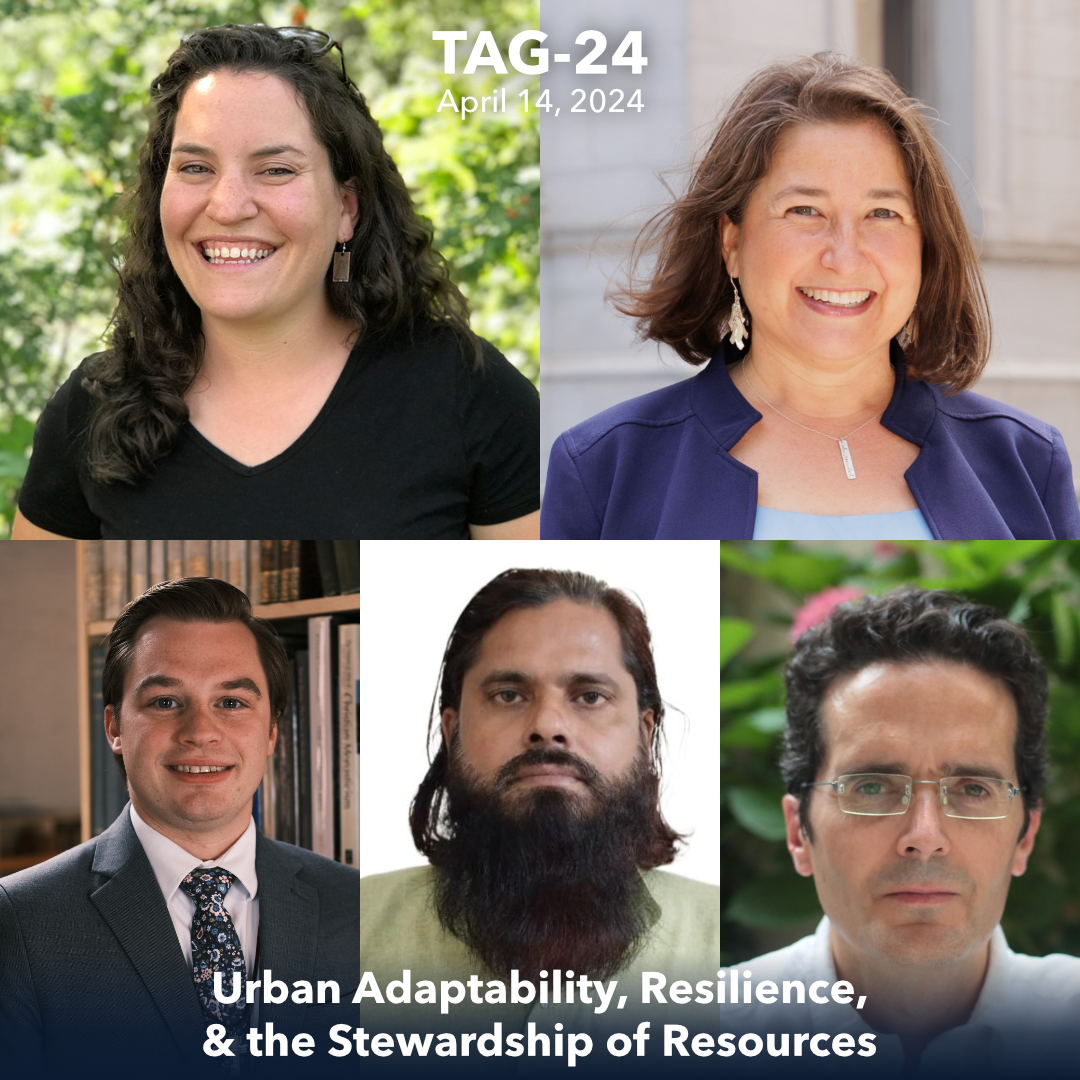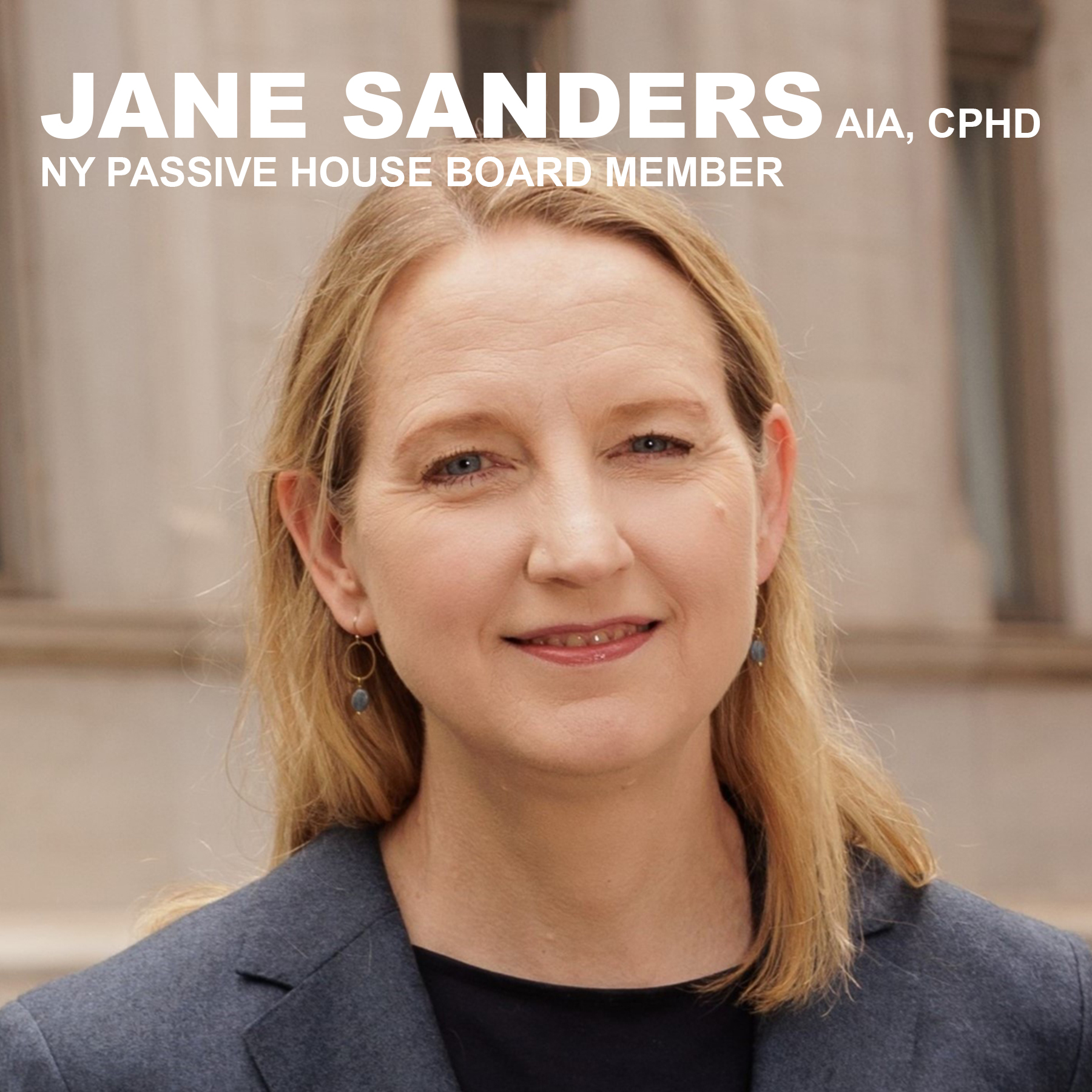Urban areas are often overcrowded with an abundance of unused buildings. Buildings boasting exceptional architectural details that once served the community well are cast aside to make way for modern buildings to fit the needs of a rapidly advancing technological society. The redeeming features of these buildings are often overlooked, and contractors sometimes fail to see the potential in an older building. Many historical buildings can be updated and restored for use in a different way-a term referred to as adaptive reuse.
Adaptive reuse is a resourceful alternative to demolition. Not to be confused with historic renovation, adaptive reuse brings new meaning to a historic building, whereas a renovation would attempt to preserve the original historic use of the building. Adaptive reuse is a sustainable option because it reduces waste and pollution created from demolition and requires less new materials than a brand new building.
Buildings most suitable for adaptive reuse usually include schools, churches, political buildings, and industrial buildings. These types of buildings are often good candidates for adaptive reuse because they can no longer accommodate the advances required for that particular industry, but could serve another purpose quite well. For example, an old school that simply cannot accommodate the rapidly growing student body might make a fantastic apartment building or community center. An old church could be transformed into a stunning, unique restaurant.
Many factors influence the decision to reuse a building. Physical damage to the original building, the location of the site, historical significance of the site, and environmental factors all play a part in deciding whether a building can be successfully adapted for new use. Extensive physical damage or dangerous contamination from asbestos are barriers to adaptive reuse.
Many cities have exceptional examples of buildings adapted for new purposes. New York City boasts many successful adaptive reuse projects, such as The Refinery, the retail space in the former Manufacturers Hanover Trust building, and the plans to turn the James A. Farley post office into a Penn Station annex.
The Refinery Hotel, formerly a garment district millinery, is now an upscale hotel located in midtown Manhattan. The neo-gothic facade of this ornate building was originally inspired by classical Greek architecture. Built in 1912, the original millinery building was carefully adapted for use as a hotel, preserving the industrial innards such as Gothic-arched windows and entries adorned with sculptural details.
Manufacturers Hanover Trust was built in 1954, with the intention of being a modern take on the traditional bank building. The glass structure lent an air of transparency never-before-seen in bank buildings, and even the vault was visible from Fifth Avenue. Located at 510 Fifth Avenue, the building was adapted for use as a retail shopping space. The project effectively preserved the original architectural design of the building while presenting the community with a modern shopping facility.
The James A. Farley Post Office is located across from Penn Station, and has been the focus of an adaptive reuse project that will greatly impact the city. The post office is projected to become an annex to the bustling Penn Station, creating a grand entry to the station and a much-needed expansion for ticketing, baggage operations and offices. The project has been plodding along slowly since its conception 25 years ago, but as of late has been picking up steam.
Adaptive reuse is a fitting option for many historical buildings in overcrowded cities. Not only do these projects reduce urban sprawl, but they also conserve resources and breathe new life into communities. Please contact us to learn more about the benefits of adaptive reuse.




